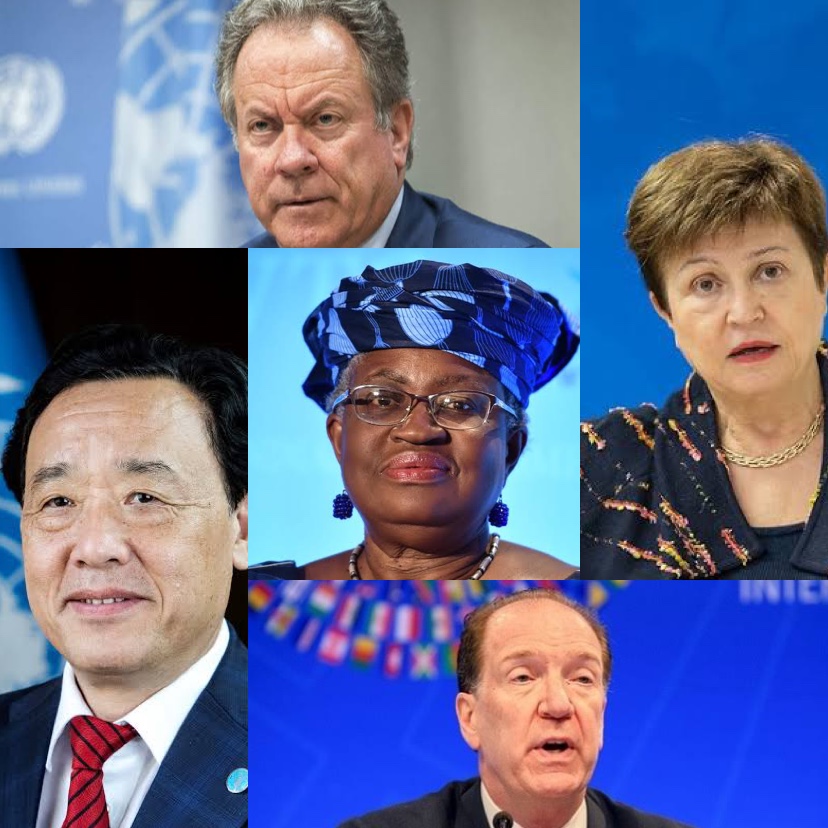
How brands scramble for Metaverse
The scramble for share of a new reality is underway. Interest in the Metaverse is expanding at an astronomical speed, even as tech behemoths like Microsoft reportedly bid £50bn for video game maker Activision Blizzard. Microsoft correctly identified gaming as a key foundation for Metaverse platforms and it’s just the latest move among technology experts that are keen to make the most of the opportunity.
It would be recalled that Facebook also strategically rebranded its parent company as Meta, seemingly staking future growth on grabbing a big share of the space.
However, Sir Martin Sorrell, ad industry icon, recently unveiled S4S Ventures – a VC fund targeting early-stage companies with interests that include exploring commercial models within the Metaverse.
Metaverse is a generic term for experiences that go beyond the physical through connected virtual worlds, offering new ways for people to communicate and interact. There are reports that it is in the earliest stages of its development and could be years or even decades away from being used to its full potential.
Basically, the key technologies that represent the building blocks of the Metaverse have actually been around for some time. The crucial added element in the new reality is that users don’t have to do it alone: they can talk to and play alongside friends and strangers alike to their heart’s content.
This facilitation of communication and peer-to-peer engagement is at the heart of the Metaverse. At present, there are no rules – Metaverse can truly be whatever anybody thinks it is, and people can do as they feel. It’s essentially an undefined space, one that is building its own communities and taking the communication concept of Messenger to a far higher level. While the physical world is built with boundaries, Metaverse offers freedom in the shape of a new level of reality.
Virtual Reality (VR) has a role to play in the Metaverse, of course and is already being harnessed by the likes of travel brands keen to instantly transport people to desirable destinations. But Augmented Reality (AR) is likely to be the technology that really makes interest in the Metaverse take off. With AR, once tech companies like Apple get their act together and finally launch glasses that allow the wearer to experience a blend of physical and virtual reality, users can take to the streets in their everyday trainers but proudly show off a snazzier pair to passers-by in the Metaverse. This boundless freedom of expression is perhaps its greatest promise.
How far and fast can the Metaverse grow? What is the future reality of Metaverse and if it’s going to be driven by consumers, where does that leave brands?
Mass audiences are already a given. Execution may, therefore, be the greater challenge. As brands are expected to jump on the Metaverse bandwagon, experimentation will have more merit if launches are made with learning as their purpose.
Until the new reality fully dawns, brands need to keep tabs on what tech companies are doing to deliver new platforms before they dip a toe into the virtual water with content and campaigns that will help them gain a foothold in the fascinating world of Metaverse.






Comment
No comments found.